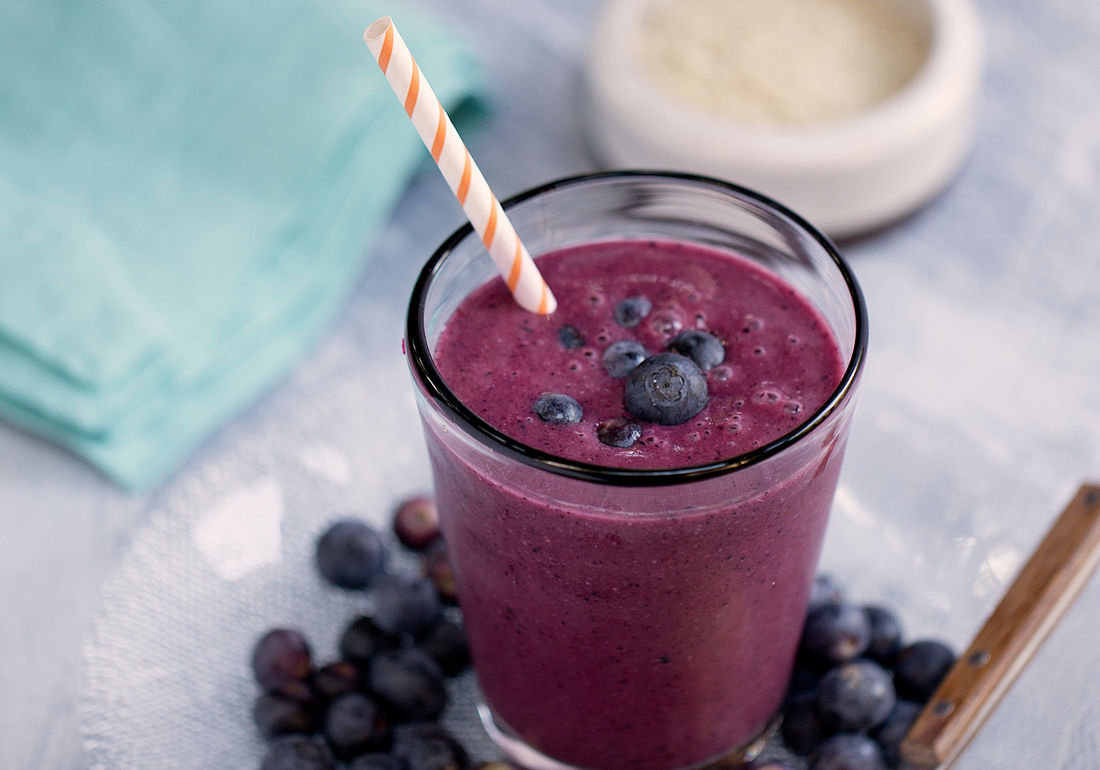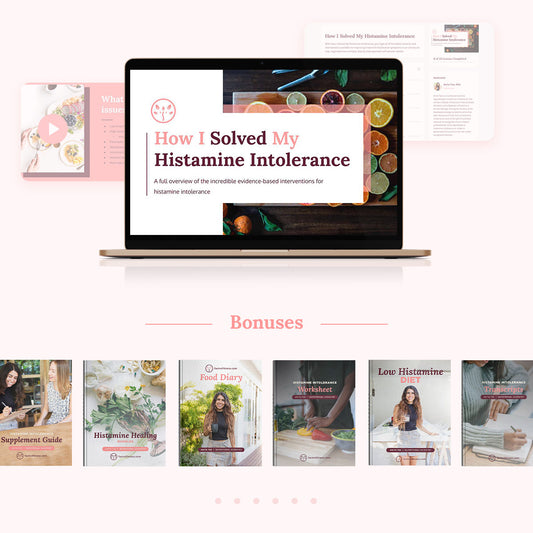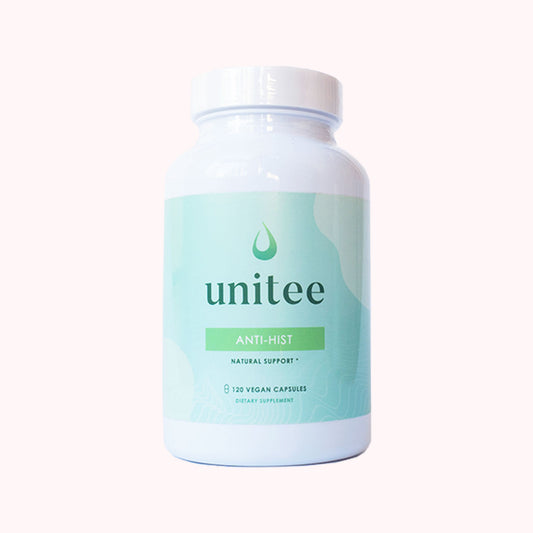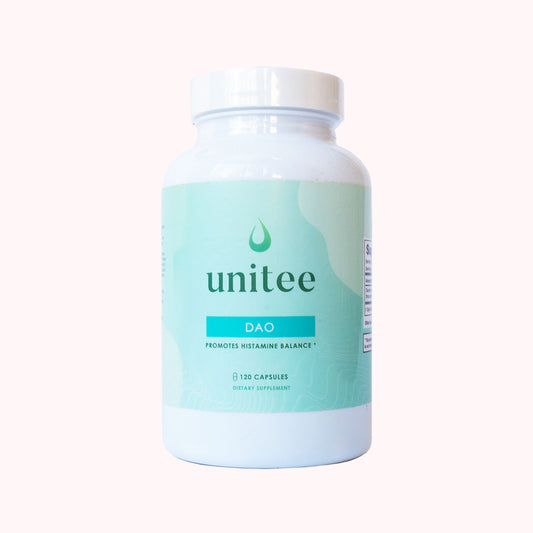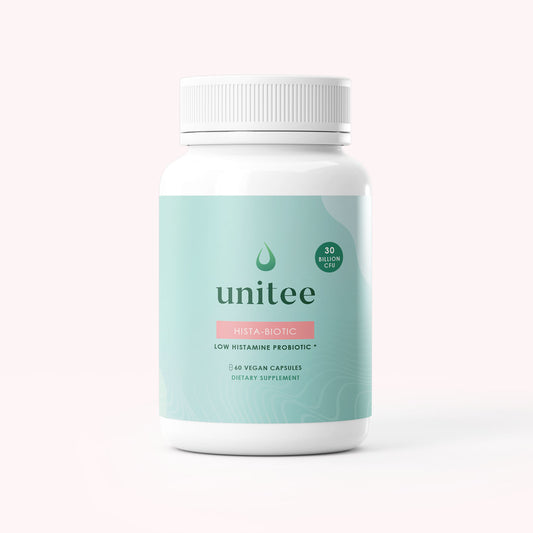What part of the body do you eat with?
If you said your mouth, you’re not wrong… technically. The truth is, we mostly ‘eat’ with our eyes first!
Think about it, you know I’m right. When we look at beautiful food, our mind automatically says it's going to be delicious, and we want to eat it.
Unfortunately, with histamine intolerance, you might have lost that ability to eat wild and beautiful creations for fear of being pushed into a downward spiral of discomfort, itching and feeling just yucky.
But, here’s an opportunity to eat with your eyes… with no histamine reactions in sight.
...presenting the low histamine, beautiful beet and berry smoothie recipe!
Low Histamine Beet and Berry Smoothie Recipe: Nutrition Info
As always, I want you to walk away from this with not just a gorgeous, tasty low histamine recipe, but the power to know how to choose the ingredients you put onto your plate in future, armed with the evidence as to why they are healing and healthy. So, let’s dive right in.
Beets have amazing health properties. Not only are they super low in calories, they are packed full of great nutrients. Some of these nutrients include vitamins and minerals, but the more fascinating ones are called antioxidants. These antioxidants help to mop up harmful compounds, known as free radicals (1), that are produced in the body - and, when you are living with a higher than normal histamine load, their production may be increased. When free radicals are increased, there’s a greater chance that the tissues in your body may be damaged by them as they are unstable molecules looking to attach to more stable ones. It can also be a problem for your DNA, which can lead to mutations and serious health consequences as a result.
Having the potential to have a higher free radical load makes it essential for histamine intolerance sufferers bump up antioxidant intake; but I’m sure you won’t complain too much about it when you add this deliciously healthy smoothie to your diet.
By adding blueberries, which you can use fresh or frozen in this recipe (for an even richer smoothie consistency use the frozen variety), you’re packing an even bigger nutrient punch. More antioxidants from those lovely dark skins, they too contain a good dose of vitamin C (histamine lowering, just by the way!), and a variety of other essential nutrients. They're also an amazing addition to lower the levels of inflammation in the body (2), which is definitely something we when we're living with histamine intolerance. So, keep those blueberries flowing!
Use a milk of your choice, depending on your personalized dietary considerations. For example, those wanting to increase their fat intake or make a more filling smoothie may opt for coconut milk, while those wanting something lower calorie or lighter might use oat milk, for example.
Coconut milk also contains easy to digest medium-chain triglycerides. Many of you living with histamine intolerance may also struggle with digesting fat, which may not be the case with coconut (3)!
A note of caution about oat milk is in its sugar content. Oats are carbohydrates and so will naturally be higher in carbs. On top of that, a sweetened variety may spike your blood sugar too quickly, which you absolutely want to avoid if you have histamine intolerance as it can cause a histamine reaction that may make you think you’re having a reaction to the oats, when it’s actually the sugars. So, my advice is to opt for an unsweetened, organic variety of oat milk instead, where possible.
Really any unsweetened milk option will do to provide a delicious, personalized base for your smoothie to fit your goals and lifestyle.
Optionally, but highly recommended, is that you add a scoop or two of a low histamine, natural protein powder to balance out the macronutrients in the smoothie and make it more of a meal.
When it comes to balancing out your macronutrients, or carbs, protein and fat ratios, it not only keeps those nasty blood sugar spikes under control, but it can help you to feel fuller for longer; something those with histamine intolerance struggle with due to often not being able to eat enough.
My suggestion for a low histamine protein powder is an unflavoured variety of a whey isolate if you tolerate dairy, or a plant-based protein like brown rice, hemp or pumpkin protein.
Lastly, the little bit of raw, organic honey - in those who tolerate it - can add just a touch of sweetness, bringing together a delectable yet healthy smoothie that’s low in histamine.
Can’t tolerate honey? Try alternatives such as maple syrup or agave syrup, which has been shown to have a low histamine effect; just watch the sugar content here, as the blood sugar spikes can cause a histamine reaction (4)!
Want to know more about the best foods for histamine intolerance and get insider tips for improving histamine symptoms! Click below for a comprehensive histamine intolerance foods list and guide to improving histamine intolerance!
Low Histamine Beet and Berry Smoothie Recipe
Makes 1 serving
Calories: 266 (Carbohydrate: 52g; Protein: 8g; Fat: 5g)
Note: nutritional values have been calculated without the protein powder
Ingredients:
- ½ cup milk of your choice (pure almond milk in those that tolerate almonds, UHT milk, oat milk, coconut milk, etc. My fav is coconut for healthy fats + flavor)
- ½ cup of filtered water
- 1 cup frozen blueberries
- 8 oz peeled and diced fresh beets
- 1 tsp raw, pure honey (OR sweetener of your choice such as maple syrup)
- 2 tbsps natural, brown rice protein powder (Optional)
- 2-4 blocks of ice
Instructions:
Place all of the ingredients into a high speed blender and mix on high until you reach the desired smoothie consistency.
Note: if you do not have a high speed blender, omit the blocks of ice and steam the beet chunks for a few minutes to soften for easier blending.
Serve immediately!
Want more low histamine recipes like this? Check out my nutritionist-approved Low Histamine Cookbook with 110 delicious histamine intolerance recipes!
References:
- Asgary S, Afshani MR, Sahebkar A, et al. Improvement of hypertension, endothelial function and systemic inflammation following short-term supplementation with red beet (Beta vulgaris L.) juice: a randomized crossover pilot study. J Hum Hypertens. 2016;30(10):627-632. doi:10.1038/jhh.2016.34
- Kalt W, Cassidy A, Howard LR, et al. Recent Research on the Health Benefits of Blueberries and Their Anthocyanins. Adv Nutr. 2020;11(2):224-236. doi:10.1093/advances/nmz065
- Suyitno T. Health benefits of coconut milk. Indonesian Food and Nutrition Progress. 2003;10(2):106-12.
- Kitahata Y, Nunomura S, Terui T, Ra C. Prolonged culture of mast cells with high-glucose medium enhances the Fc epsilon RI-mediated degranulation response and leukotriene C4 production. Int Arch Allergy Immunol. 2010;152 Suppl 1:22-31. doi:10.1159/000312122

Anita Tee
My name is Anita Tee. I'm a nutritional scientist who specializes in histamine intolerance. I hold a Master of Science in Personalized Nutrition and a Bachelor of Science in Human Biology and Psychology. For the past ten years, I have used my experience in nutritional and medical health sciences to create a scientifically backed, natural approach to healthcare that relies 100% on evidence-based research. As I previously suffered from - and overcame - histamine intolerance, my focus is to increase recognition and expand the available resources and protocols available for resolving this particular disorder. To date, I have helped over 4,000 individuals fully resolve or better manage their histamine intolerance symptoms.

